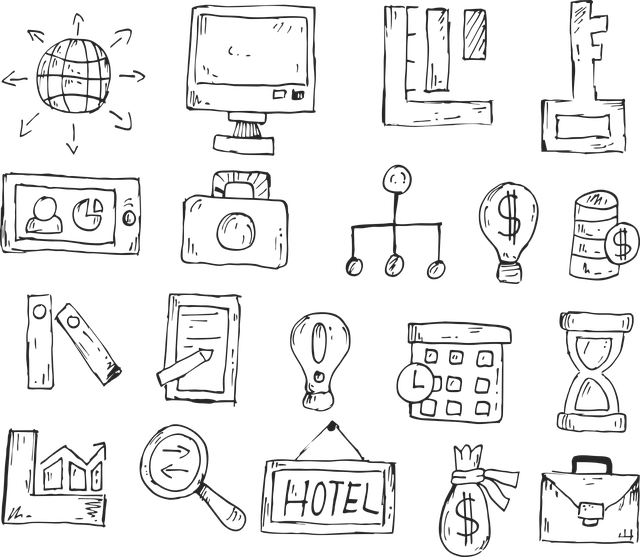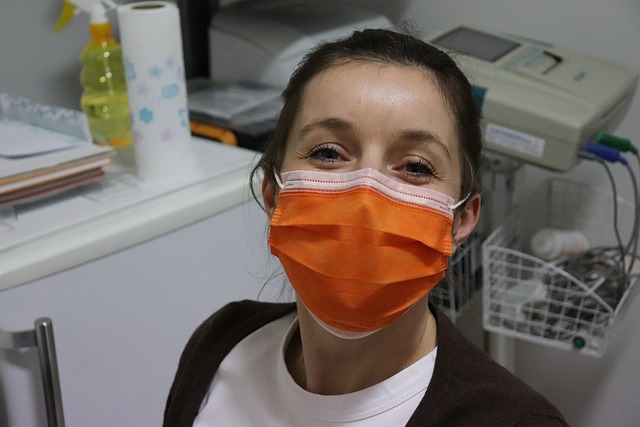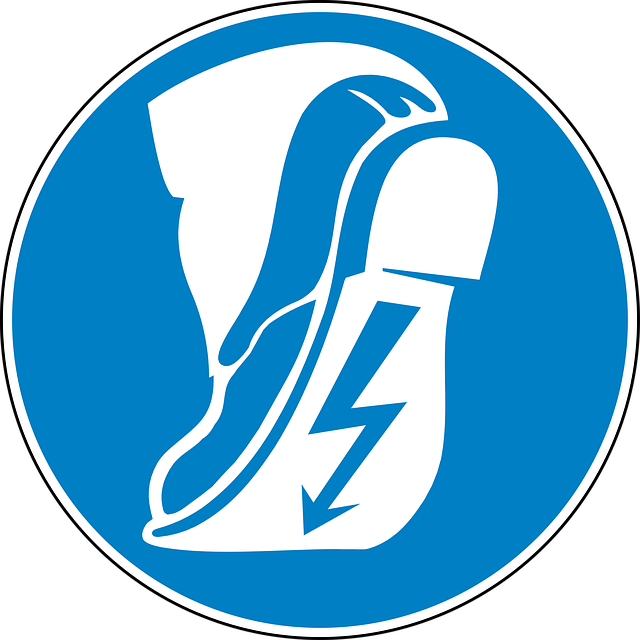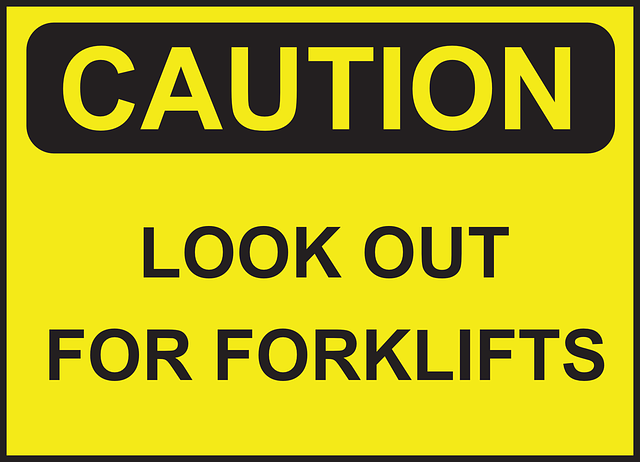Patient safety checks are essential for healthcare compliance, ensuring only competent and trustworthy staff access sensitive patient data and provide direct care. These strategic processes involve comprehensive background checks, including drug screenings, certification verification, and reference interviews. In today's digital age, thorough background checks act as a gatekeeper to maintain the integrity of the healthcare system and build trust between patients and providers. Regular implementation of robust safety checks minimizes risks, enhances care quality, and integrates automated systems like EHRs with manual inspections to reduce errors and infections, ultimately protecting patient rights and fostering trust.
In the dynamic landscape of healthcare, ensuring patient safety is paramount. This article delves into the critical role of patient safety checks as a cornerstone of comprehensive healthcare compliance. We explore how thorough background checks play an indispensable part in enhancing patient care, safeguarding vulnerable individuals, and fostering trust within the medical community. By examining practical strategies for implementing effective patient safety checks, healthcare providers can navigate the complex environment, maintain high standards, and ultimately improve patient outcomes.
- Understanding Patient Safety Checks: The Cornerstone of Healthcare Compliance
- The Role of Thorough Background Checks in Enhancing Patient Care
- Implementing Effective Patient Safety Checks: Strategies for Healthcare Providers
Understanding Patient Safety Checks: The Cornerstone of Healthcare Compliance

Patient safety checks are a fundamental aspect of healthcare compliance, serving as the cornerstone upon which robust medical practices are built. These meticulous checks go beyond mere formality; they are a strategic process designed to identify and mitigate potential risks associated with patient care. By thoroughly evaluating staff backgrounds, qualifications, and criminal histories, healthcare institutions can ensure that only competent and trustworthy individuals are granted access to sensitive patient information and direct care responsibilities.
This proactive approach not only safeguards patients from harm but also fosters an environment of transparency and accountability. Comprehensive background checks, including drug screenings, verification of certifications, and reference interviews, create a robust safety net. They help identify individuals with malicious intent, prior illegal activities, or undisclosed conditions that could compromise patient welfare. Ultimately, these checks ensure that healthcare providers maintain the highest standards of integrity and competence, thereby upholding the core principles of patient safety.
The Role of Thorough Background Checks in Enhancing Patient Care

In today’s digital era, healthcare institutions face a complex web of regulatory requirements aimed at enhancing patient safety checks. Thorough background checks play a pivotal role in this process, acting as a crucial filter that ensures only qualified and competent individuals gain access to sensitive medical information and patient care. By meticulously verifying identities, qualifications, and criminal histories, these checks help maintain the integrity of the healthcare system and foster trust among patients and providers alike.
The benefits extend beyond compliance; they directly impact patient outcomes. Accurate background screenings can uncover potential risks or red flags that might otherwise go unnoticed, allowing institutions to make informed decisions regarding staff retention and appointment scheduling. This proactive approach not only minimizes errors and malpractice but also contributes to a safer, more secure environment where patients can receive the best possible care.
Implementing Effective Patient Safety Checks: Strategies for Healthcare Providers
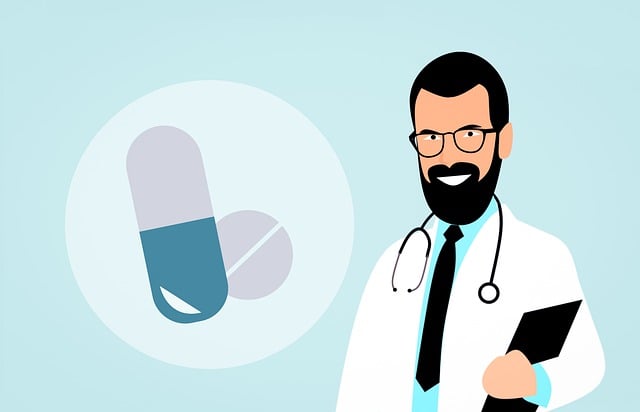
Healthcare providers must prioritize patient safety by implementing robust and regular patient safety checks as a cornerstone of their operations. These checks ensure that every interaction with patients adheres to established protocols, minimizing risks and enhancing care quality. Strategically designed safety checks can identify potential hazards early, allowing for prompt corrective actions. For instance, mandatory verification of patient identities before any procedure, double-checking medication prescriptions, and ensuring proper sanitization protocols are followed can significantly reduce medical errors and infections.
Effective patient safety measures involve a combination of automated systems and manual inspections. Electronic health record (EHR) systems can automate certain checks, flagging potential issues for quick review. Simultaneously, scheduled physical assessments and unannounced visits by compliance officers create an additional layer of oversight. By integrating these strategies, healthcare facilities can maintain a safe environment, protect patient rights, and comply with regulatory standards, ultimately fostering trust between providers and patients.
